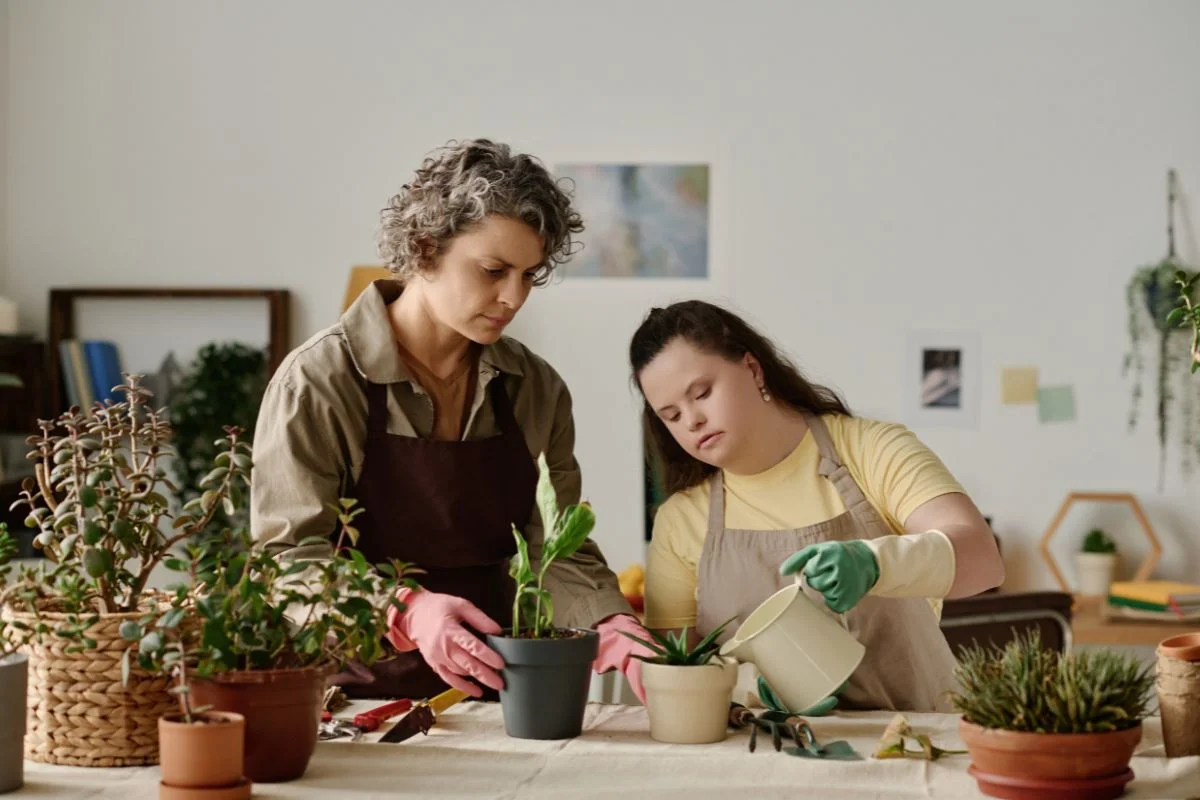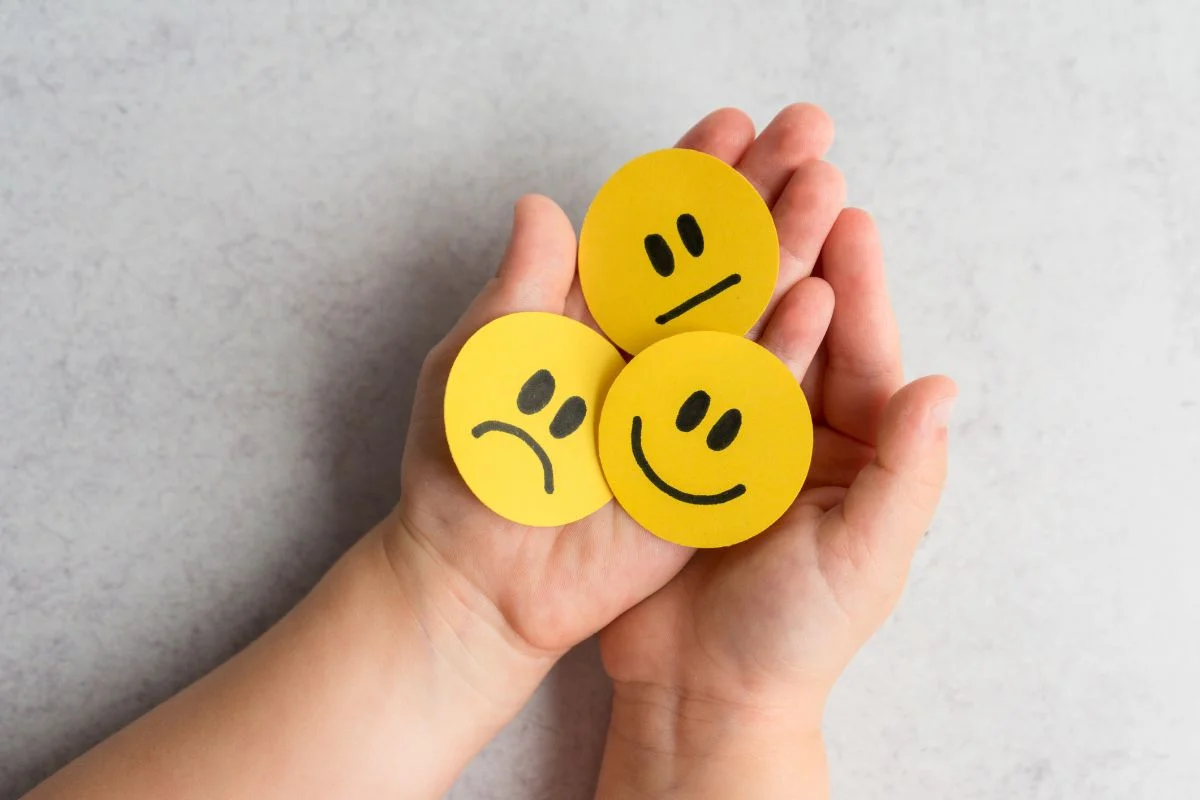Special needs children are those who require assistance for disabilities that affect their cognitive, developmental, emotional, physical, or behavioral growth. Many types of special needs can impact a child’s development and require additional support. In this article, we will provide an overview of some of the most common categories of special needs in children.
The types we will cover include:
- Physical disabilities
- Intellectual disabilities
- Learning disabilities
- Communication disorders
- Emotional and behavioral disorders
- Sensory impairments
- Giftedness
1. Physical Disabilities
Physical disabilities refer to conditions that limit a child’s mobility or dexterity. Some of the most common physical disabilities include:
Cerebral palsy
This is caused by abnormal brain development or damage to the developing brain. It affects body movement, muscle control, muscle coordination, muscle tone, reflex, posture, and balance. Depending on the type, symptoms can include stiff muscles, uncontrollable movements, and poor balance and coordination.
Muscular dystrophy
This genetic disease causes progressive weakness and loss of muscle mass. The most common type is Duchenne muscular dystrophy, which affects boys. Muscle weakness usually begins around age 3 and worsens over time. Children may have difficulty walking, trouble getting up from a sitting position, frequent falls, and deformities in the hips, knees, feet, or spine.
Spina bifida
This condition occurs when the spine does not properly close around the spinal cord, causing defects in the spinal column. It can cause physical and intellectual disabilities depending on the size and location of the defect. Symptoms include weakness or total paralysis of the legs, lack of bladder or bowel control, fluid buildup in the brain, and learning disabilities.
Arthrogryposis
Also called joint contracture, this causes stiff joints and muscle weakness at birth due to a lack of normal joint movement in the womb. It mainly impacts the arms and legs, with symptoms like the inability to straighten the elbows, knees, wrists, or fingers.
Osteogenesis imperfecta
Also known as brittle bone disease, this disorder causes bones to break easily due to defective connective tissue. Symptoms include fragile bones that fracture easily, often from mild trauma or with no apparent cause. It can lead to bone deformities, short stature, loose joints, and hearing loss.
Proper therapy, assistive devices, accommodations, and support can help children with physical disabilities develop to their full potential. Early intervention is key.
2. Intellectual Disabilities
Intellectual disabilities, sometimes referred to as cognitive disabilities, are characterized by limitations in intellectual functioning and adaptive behaviors. Children with intellectual disabilities have below-average intelligence and face challenges with skills needed for daily living. Some common conditions associated with intellectual disabilities include:
Down Syndrome
Down syndrome is a genetic condition caused by an extra copy of chromosome 21. It is the most common chromosomal condition and cause of intellectual disability. Children with Down syndrome typically have some distinctive physical features along with mild to moderate intellectual disability. They face delays in cognitive ability, speech, and language development.
Fragile X Syndrome
Fragile X syndrome is an inherited genetic condition and a commonly known cause of autism and intellectual disability. It results from a mutation in the FMR1 gene on the X chromosome. Symptoms can range from mild to severe and may include intellectual disability, learning disabilities, developmental delays, anxiety, attention deficit hyperactivity disorder (ADHD), and autistic characteristics.
Intellectual disabilities affect a child’s ability to learn at the expected level and function in daily life. Support services like special education, speech therapy, and occupational therapy can help children reach their full potential. Early intervention is key. With proper support, many children with intellectual disabilities can live independently as adults.
3. Learning Disabilities
Learning disabilities are neurologically-based processing problems that interfere with learning basic skills such as reading, writing, and/or math. The most common types of learning disabilities involve problems with reading (dyslexia), writing (dysgraphia), and math (dyscalculia).
Dyslexia
Dyslexia is a language-based learning disability that affects reading and related language-based processing skills. Individuals with dyslexia have trouble decoding words, reading fluency, and spelling. Dyslexia is not a problem with intelligence, but rather how the brain processes written material. Children and adults with dyslexia often have a hard time rhyming words, learning letter names and sounds, sounding out unfamiliar words, and reading quickly. They also may have trouble concentrating when reading and trouble remembering what they read.
Dysgraphia
Dysgraphia is a writing disability in which a person finds it hard to form letters and write within a defined space. Children and adults with dysgraphia may have handwriting that is distorted or incorrect in terms of size, slant, and overall formation. They may grip a pencil awkwardly, struggle to get thoughts from their head onto paper, use inconsistent spacing, mix upper and lowercase letters, or write illegibly. Dysgraphia can make it challenging to organize thoughts on paper, structure paragraphs, spell correctly, and convey ideas in writing.
Dyscalculia
Dyscalculia is a mathematical learning disability that affects a person’s ability to understand numbers and learn math facts. Individuals with dyscalculia may have trouble grasping math concepts, working with number facts, telling time, counting money, memorizing math facts, aligning numbers, and understanding abstract concepts like greater than or less than. Dyscalculia varies from person to person and can range from mild to severe. Some common signs in children include struggling to count objects, perform simple addition and subtraction, tell time, count money, and memorize basic math facts.
4. Communication Disorders
Communication disorders refer to difficulties with speech, language, reading, writing, and communication. Some common communication disorders include:
Autism Spectrum Disorders
Autism spectrum disorder (ASD) is a developmental disorder that affects communication and behavior. ASD includes autism as well as Asperger syndrome and pervasive developmental disorder. Children with ASD have difficulty with social interaction, verbal and nonverbal communication, and repetitive behaviors. They may have delayed speech and language skills. Many are over-sensitive or under-sensitive to sounds, textures, tastes, smells, light, or colors. Some signs of ASD include reduced eye contact, lack of response to their name, repetitive actions, and obsessive interests. Early intervention can help improve development.
Selective Mutism
Selective mutism is an anxiety disorder where a child is unable to speak in certain social settings like school, even though they can speak in settings they’re comfortable in like home. These children have normal language skills but are too anxious or fearful to speak around certain people or places. Selective mutism usually begins before age 5 and is more common in girls. Counseling, a gradual exposure approach, and medication can help treat this disorder.
5. Emotional and Behavioral Disorders
Emotional and behavioral disorders refer to a wide range of conditions that affect a child’s mood, thinking, and behavior. Some common disorders in this category include:
Attention Deficit Hyperactivity Disorder (ADHD)
ADHD is one of the most common childhood disorders, affecting an estimated 6-9% of children. The core symptoms include inattention, hyperactivity, and impulsivity that interfere with daily functioning. Children with ADHD may have trouble focusing, sitting still, controlling impulses, and managing emotions. While ADHD cannot be cured, treatment options like therapy, medication, school accommodations, and parent training can significantly improve symptoms.
Oppositional Defiant Disorder
Oppositional defiant disorder (ODD) involves an ongoing pattern of hostile, defiant, and disobedient behavior toward authority figures. Symptoms include excessive arguing, refusing to comply with rules, deliberately annoying others, blaming others, and angry outbursts. ODD often begins in the preschool years and is more common in boys. Parent training programs and therapy can help reduce defiant behaviors and teach better emotional regulation strategies.
Anxiety Disorders
Anxiety disorders refer to excessive fear, worry, and nervousness that impact daily activities. Some examples include generalized anxiety disorder, social anxiety, panic disorder, phobias, and separation anxiety. Children may experience physical symptoms like stomachaches, headaches, and rapid heartbeat as well as emotional symptoms like avoidance, tantrums, and clinging behavior. Cognitive behavioral therapy and anti-anxiety medications can help children manage their anxiety. Early intervention is important to prevent anxiety from worsening over time.
6. Sensory Impairments
Some children have disabilities that affect their senses, such as hearing or vision loss. These impairments can significantly impact a child’s development and ability to learn.
Hearing Loss
Hearing loss is one of the most common birth defects. Some children are born with partial or total hearing loss. The level of impairment can range from mild to profound. Even mild hearing loss can affect a child’s ability to develop speech and language skills. Children who are deaf or hard of hearing need special services and accommodations to help them reach their full potential. Assistive devices like hearing aids and cochlear implants may help children with hearing loss access sounds and speech.
Vision Loss
Vision loss can occur for many reasons, including injury, disease, or inherited conditions. Some children are born blind or with low vision. Others develop vision impairments over time. Vision loss affects how a child learns and interacts with the world. Children who are blind or have low vision need accommodations like braille, screen readers, or magnification to access print. Orientation and mobility services help these children navigate their environments safely. Early intervention is key to helping children with vision impairments develop vital skills.
7. Giftedness
Children with high intellectual abilities are often referred to as gifted. Gifted children tend to have an exceptionally high IQ, typically in the top 2% of the population. They also demonstrate advanced cognitive and academic skills compared to their peers.
Giftedness often becomes apparent early in childhood. Gifted toddlers and preschoolers may have a large vocabulary, learn to read early, and ask complex questions. In grade school, gifted students tend to learn quickly and prefer challenging work. They get bored easily with routine tasks.
Besides exceptional intelligence, many gifted children have specific talents. This may be in areas like music, art, math, writing, science, or leadership. Gifted students thrive when allowed to develop and pursue their talents.
Two key components of giftedness are:
- High general intellectual ability. Gifted students score very high on IQ and other cognitive tests. They are quick learners able to make connections and think logically.
- Specific aptitude in one or more domains. Many gifted children demonstrate talent in a specialized area. This is seen in early mastery and intense focus within that domain.
Giftedness differs from a learning disability in that gifted students are advanced in skills, not delayed. Unlike learning disabilities, giftedness does not impede a child’s ability to learn. However, gifted students do require specialized learning programs to nurture their abilities.
Effects on Development
Children with special needs often experience delays or differences in certain areas of development compared to typically developing children. These effects can impact social, emotional, cognitive, and physical growth.
Social Development
Social development includes skills like interacting with others, building relationships, understanding social cues, and regulating emotions. Children with disabilities may struggle with social interactions due to communication challenges, behavioral issues, or difficulty processing social information. They may have fewer or more challenging peer relationships.
Emotional Development
Managing emotions and self-regulation is part of healthy emotional development. Some conditions directly affect a child’s ability to regulate emotions, like autism or ADHD. A disability can also indirectly impact emotional growth if it leads to social isolation, bullying, or low self-esteem. Children with disabilities are at higher risk for mental health issues like anxiety or depression.
Cognitive Development
Cognitive development refers to thinking skills like memory, problem-solving, attention, and language. Many disabilities directly impact cognitive abilities, like intellectual disability or Down syndrome. Even physical disabilities can affect cognitive growth if the child misses school or other learning opportunities due to medical issues or accessibility problems. Some conditions like autism involve atypical cognitive development.
The right interventions and support can help children with special needs foster healthy development to reach their full potential. Early intervention is especially important to get services and start building critical skills. Support from family, teachers, therapists, and peers helps create an inclusive environment for growth. With accommodation and encouragement, children with special needs can thrive.
Support and Resources
Children with special needs require additional support and resources to help them reach their full potential. An essential tool is the Individualized Education Program (IEP). An IEP outlines educational goals, accommodations, services, and modifications tailored to the child’s unique needs. It’s developed by parents, teachers, specialists, and school administrators. IEPs help provide personalized learning plans and legally protect the child’s right to an appropriate education.
Common therapies that can benefit special needs children include occupational therapy, physical therapy, speech therapy, behavioral therapy, art therapy, music therapy, and play therapy. These therapeutic interventions address difficulties in areas like motor skills, communication, sensory processing, cognition, and emotional/behavioral regulation. Trained therapists work with the child on targeted goals based on their needs.
Connecting with advocacy and support groups can also help parents and caregivers. Organizations like The Arc, Autism Speaks, and the National Down Syndrome Society provide information, resources, and community. They empower families through education, networking, and promoting rights. Support groups allow parents to share experiences and advice. It’s invaluable to connect with others navigating similar challenges.














